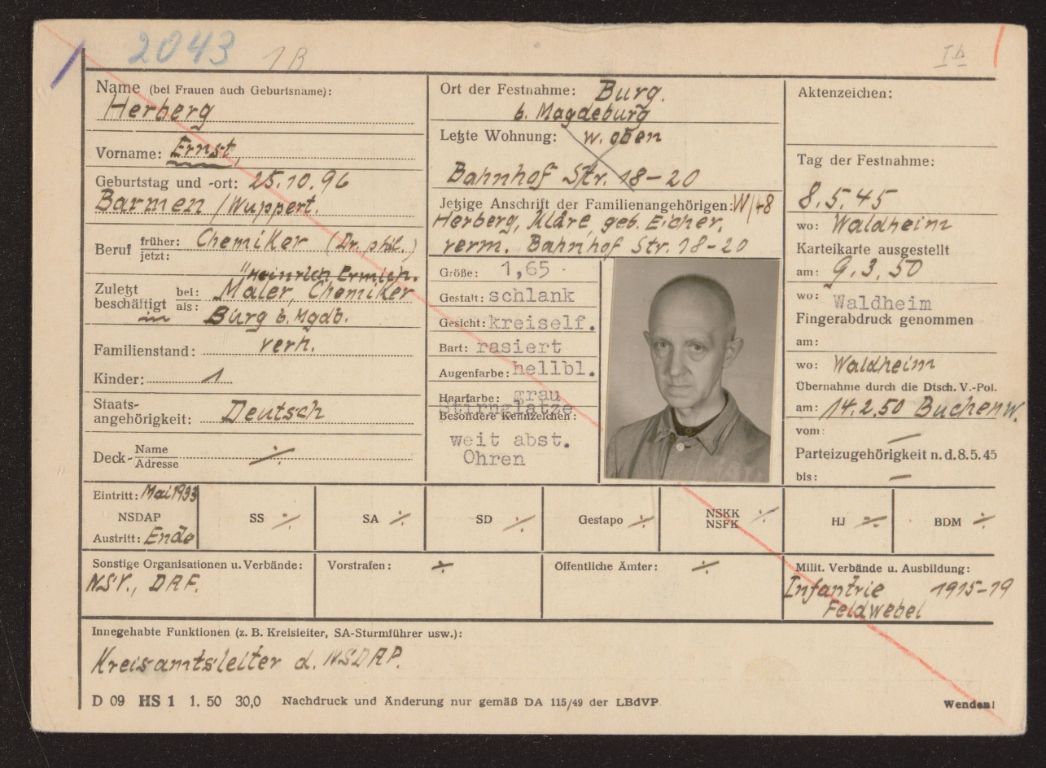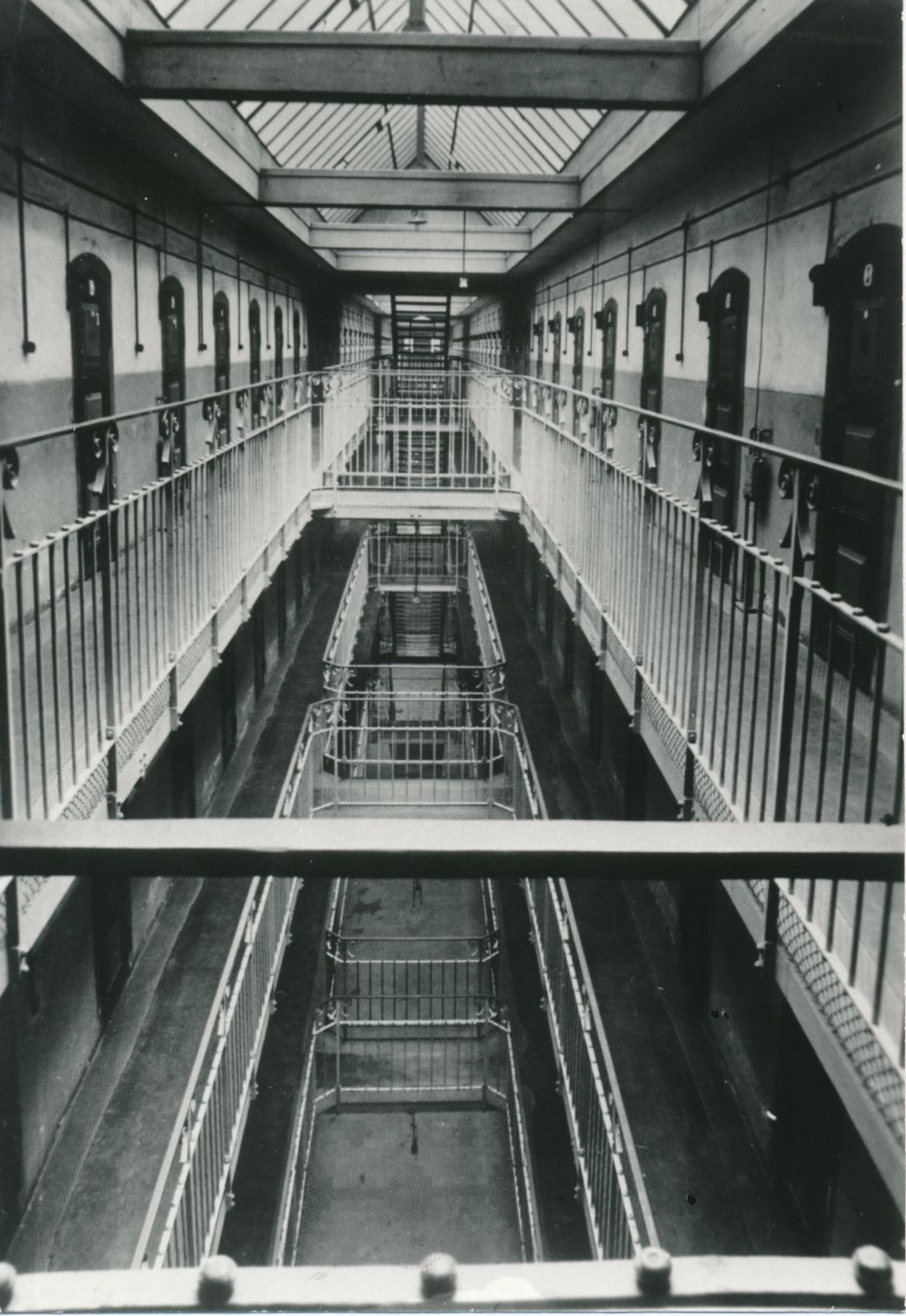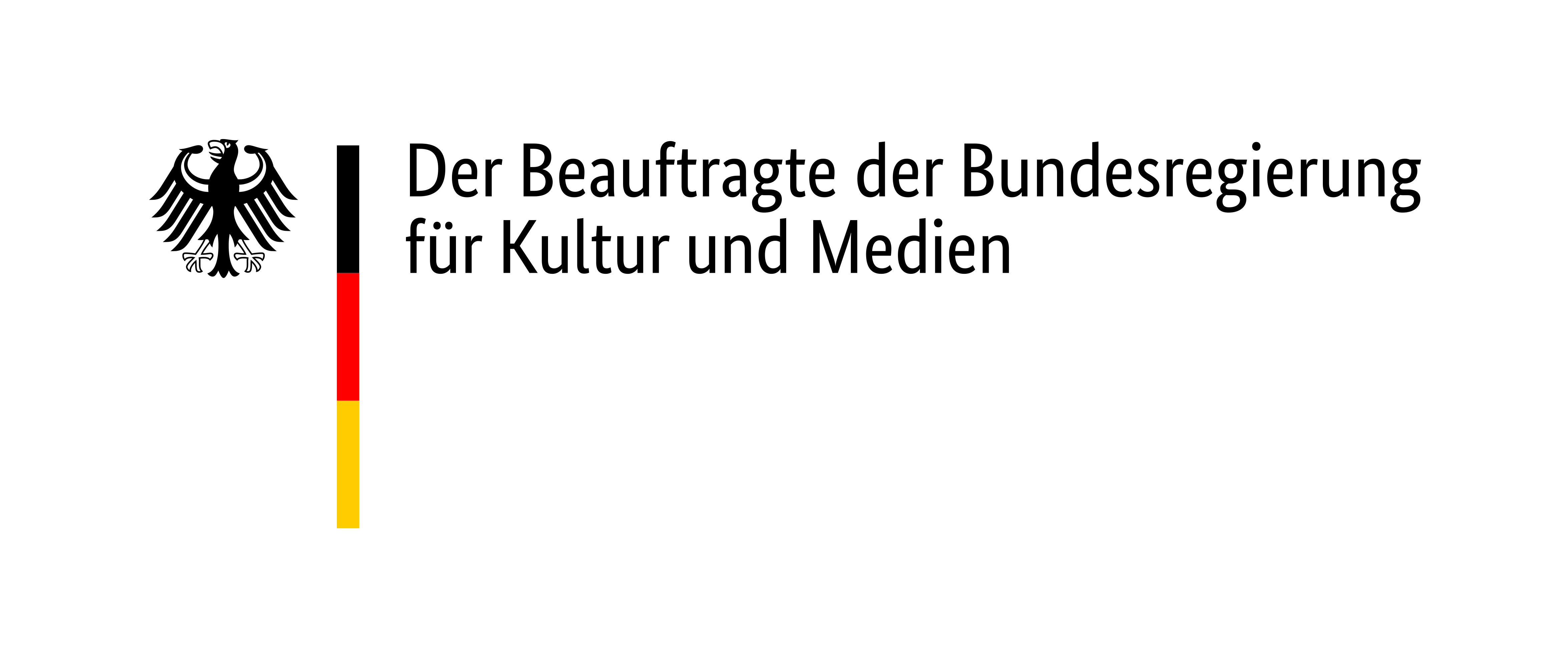In 1950, GDR courts sentenced 3,324 prisoners from the Buchenwald, Bautzen and Sachsenhausen special camps in secret summary trials. The trials were not based on the rule of law and the defendants had no legal representation.
From April to June 1950, trials were held in the small Saxon town of Waldheim against prisoners from Soviet Special Camps, including Buchenwald. Karl Gertich, who was responsible for detention matters at the People's Police headquarters, planned the procedure and the outcome of the trials. The defendants were accused of involvement in Nazi crimes. No distinction was made between active perpetrators and accomplices. The criminal chambers of the Chemnitz district court handed down long prison sentences and 33 death sentences, mostly hidden from the public eye. In the face of numerous protests, the GDR mitigated some of the sentences. More than 600 prisoners died before their release.

"The train stopped after a long journey. The doors were opened; next to the train stood ‚Volkspolizei‘ (People’s Police) officers who helped us out of the train, because we could hardly move our limbs. A police car took us in groups to a large courtyard surrounded by tall old buildings. In this courtyard we were chased through a long line of ‚Volkspolizei‘ officers, who beat us with wild insults and drove us into a cell house. [...]
We were crowded together in small cells, with quite a few TB patients among us. One by one, each of us had to write down our CVs. The ‚Volkspolizei‘ interrogated us and filled out long questionnaires which, together with the Soviet protocol, formed the formal basis for our conviction."
Report by Ernst Herberg on his arrival in Waldheim, undated.
Ernst Herberg spent two years in Waldheim prison.
(Vereinigung der Opfer des Stalinismus e.V. (Hg.): Zwischen Waldheim und Workuta. Erlebnisse politischer Häftlinge 1945-1965, Bonn 1967)

On 17.6.1950, the criminal division of the Chemnitz district court sentenced Ernst Herberg to 20 years in prison in Waldheim for his activities as district propaganda leader. The review proceedings in the course of the protests against the trials enabled him to be released earlier on 7 October 1952.

During the Waldheim trials, numerous prisoners were housed in this building. The prison was designed for a maximum of 1,980 inmates.

Most Waldheim trials were held out of the public eye. A few show trials were the exception; in this case, against the former criminal secretary Alfred Schulz, who was accused of shooting 17 foreign forced labourers in the spring of 1945. Schulz was sentenced to life imprisonment.

"[...] first we were there in handcuffs, even though the court was only across the street. And then, it was as makeshift as I remember, I was in one of those kitchens, I had to wait. And within 15 minutes, the whole fuss was over. I remember the bells ringing, it was around 12 o'clock. The three characters who judged us were sitting there. There was a public prosecutor, a clerk. And then the indictment was read out. ‘Yes, do you have anything else to say?’ ‘Well, what am I supposed to say now?’ Well, we were led out again. Shortly afterwards we came back in and then the verdict was read out. And then we were asked again if we had anything to say. I asked them to give me credit for my years in Buchenwald. And they said: 'No, that's not possible, that was with another, a foreign power. That’s the way they expressed themselves. 'That's not possible. That counts from Waldheim on, 15, doesn't it? Yes, then what else can I say? Out, out, away, next."
“Out, over, away, next.” Report by former Buchenwald internee Walther Glomp on his conviction in Waldheim, December 7, 1996.
Glomp was sentenced to 15 years in prison in summary proceedings for employing foreign forced laborers in his company. He was released early in 1954.
(Buchenwald Memorial)

